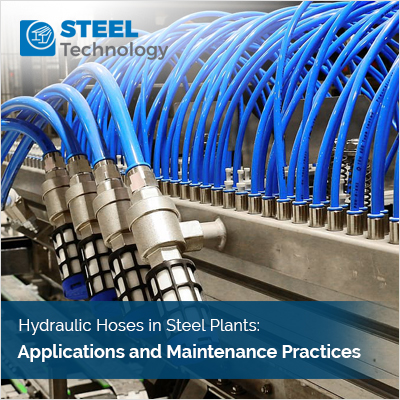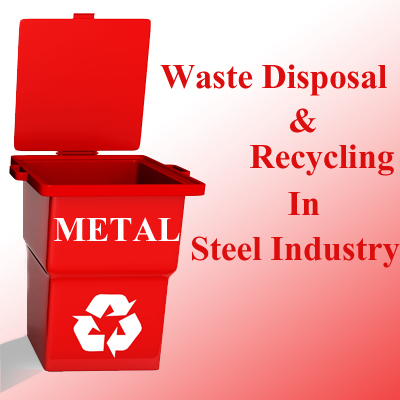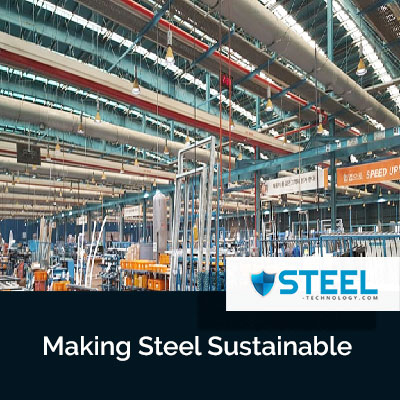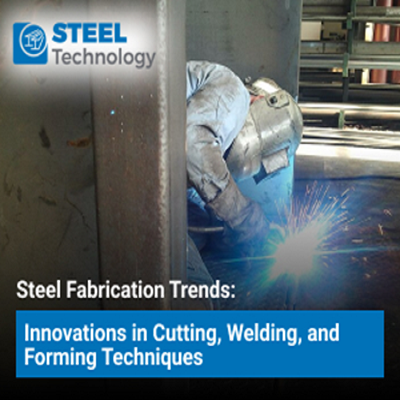Hydraulic Hoses in Steel Plants: Applications and Maintenance Practices

Introduction:
Hydraulic hoses play a critical role in the functioning of steel plants, providing the necessary fluid power to various equipment and machinery. This article explores the diverse applications of hydraulic hoses within steel plants and emphasizes the importance of effective maintenance practices to ensure optimal performance and longevity.
1. Applications of Hydraulic Hoses in Steel Plants:
In the intricate landscape of steel plants, hydraulic hoses play a pivotal role with versatile applications crucial to the industry's operational dynamics. These hoses form the lifeline of hydraulic systems embedded in steel production machinery, facilitating the controlled and efficient transmission of fluid power. Beyond machinery, hydraulic hoses are instrumental in powering heavy-duty equipment like cranes and lifts, providing the necessary force for lifting and transporting substantial loads within the plant. Moreover, these hoses are integral components in the control systems governing rolling mills and other processing units, ensuring precision in metal shaping and refining processes.
Another vital application lies in the deployment of hydraulic cylinders, driven by these hoses, for material handling and forming processes. This functionality allows for the precise control needed in shaping raw materials into the final steel products. Collectively, hydraulic hoses serve as indispensable components, empowering various critical functions within steel plants and contributing to the industry's overall efficiency and productivity.
| Also Read: How to Choose and Install Rubber Hoses in Steel Plants? |
2. Importance of Choosing the Right Hydraulic Hoses:
The significance of selecting the appropriate hydraulic hoses in steel plants cannot be overstated, as their performance directly influences the efficiency and reliability of essential processes. One crucial factor is considering pressure ratings and compatibility with hydraulic fluids. The right choice ensures that the hoses can withstand the specific pressure requirements of the hydraulic systems, preventing leaks and malfunctions that could compromise operations. Additionally, the resilience of hydraulic hoses to extreme temperatures and harsh environmental conditions is paramount. Steel plants often operate in challenging environments, and hoses must withstand varying temperatures and resist degradation from exposure to chemicals and environmental contaminants.
Furthermore, flexibility and durability are key considerations for dynamic applications. Hydraulic hoses must be able to flex and bend without compromising structural integrity, as they are often subjected to constant movement and stress in the dynamic operations of steel plants. Ultimately, the importance of choosing the right hydraulic hoses lies in their ability to withstand the demanding conditions within steel plants, ensuring reliable and efficient fluid power transmission throughout the various stages of production.
| Also Read: Connecting Efficiency: Rubber Hoses in the Steel Industry |
3. Common Challenges Faced by Hydraulic Hoses in Steel Plants:
Hydraulic hoses operating within the dynamic environment of steel plants encounter a set of common challenges that demand careful consideration and strategic mitigation. One significant challenge is the risk of abrasion and wear in high-impact areas. Given the heavy-duty nature of steel manufacturing, hoses are often exposed to abrasive materials and surfaces, leading to potential damage that can compromise their integrity.
Moreover, exposure to elevated temperatures, corrosive chemicals, and environmental contaminants poses another formidable challenge. The harsh conditions prevalent in steel plants necessitate hydraulic hoses with robust resistance to these elements to ensure prolonged operational reliability. Additionally, the fluctuating pressures and pulsations experienced during regular operations present challenges. Hydraulic systems in steel plants often undergo variations in pressure, and hoses must be resilient enough to withstand these fluctuations without compromising their structural integrity. Recognizing and addressing these common challenges are essential in implementing effective maintenance strategies and selecting hydraulic hoses that can endure the demanding conditions inherent in the steel manufacturing process.
4. Best Practices for Hydraulic Hose Maintenance:
Implementing effective maintenance practices for hydraulic hoses in steel plants is imperative to ensure the longevity and reliability of these critical components. Regular inspections stand as the cornerstone of proactive maintenance, allowing for the timely detection of signs of wear, leaks, or damage. Swift identification of such issues enables prompt intervention, preventing potential breakdowns and disruptions in the operational flow. Proper storage practices are equally crucial in maintaining hose integrity, safeguarding them from degradation caused by environmental factors. Ensuring correct installation techniques is another key practice, minimizing stress on hoses during operation. This includes securing proper fittings and connections, aligning with manufacturer guidelines to prevent unnecessary wear and tear. Lastly, adhering to periodic replacement schedules based on manufacturer recommendations is essential. Hydraulic hoses have a finite operational lifespan, and replacing them at prescribed intervals mitigates the risk of unexpected failures, contributing to overall operational safety and efficiency. By incorporating these best practices into routine maintenance protocols, steel plants can optimize the performance and durability of their hydraulic hoses, thereby enhancing the reliability of critical hydraulic systems within their operations.
5. Innovations in Hydraulic Hose Technology for Steel Plants:
In the realm of hydraulic hose technology for steel plants, continuous innovations are reshaping the landscape, introducing advanced materials and construction techniques that promise heightened performance and durability. These innovations extend to the integration of smart technologies, marking the advent of hoses embedded with sensors for real-time monitoring. This transformative feature allows for proactive maintenance by providing immediate insights into the hoses' condition, enabling timely interventions and reducing the risk of unexpected failures.
Furthermore, a key focus in recent innovations lies in improved hose designs, enhancing both flexibility and longevity. These advancements address the dynamic operational demands of steel plants, ensuring that hydraulic hoses can withstand the rigors of constant movement and stress without compromising structural integrity.
The introduction of these innovations signifies a paradigm shift in hydraulic hose technology, offering steel plants not only improved reliability but also the potential for more efficient and data-driven maintenance practices that align with the evolving needs of the industry.
7. Environmental Considerations:
As industries, including steel plants, increasingly prioritize environmental sustainability, hydraulic hose considerations are no exception. The adoption of sustainable hydraulic hose options represents a proactive step toward minimizing the environmental impact of steel manufacturing. Manufacturers are now exploring materials and production processes that align with eco-friendly practices, offering hoses with reduced carbon footprints and enhanced recyclability. Additionally, addressing the end-of-life cycle of hydraulic hoses is crucial. Recycling and proper disposal practices for used hydraulic hoses play a vital role in minimizing waste and pollution.
Developing comprehensive recycling programs ensures that these essential components are repurposed or disposed of responsibly, contributing to the overall sustainability goals of steel plants. By integrating sustainable hydraulic hose options and implementing environmentally conscious practices for hose disposal, steel plants can align their operations with global environmental standards and demonstrate a commitment to responsible and eco-friendly manufacturing practices.
8. Future Trends and Technologies:
The future of hydraulic hose management in steel plants is poised for a transformative shift with the integration of cutting-edge technologies. One prominent trend on the horizon is the adoption of predictive maintenance methodologies leveraging the Internet of Things (IoT) and data analytics. By embedding sensors and connectivity features into hydraulic hoses, steel plants can monitor real-time performance metrics. This data is then analyzed to predict potential issues before they escalate, enabling a shift from reactive to proactive maintenance strategies.
Furthermore, the integration of hydraulic hose systems with Industry 4.0 initiatives is set to revolutionize steel plant operations. This entails a comprehensive interconnection of machines, processes, and systems, creating a smart and efficient manufacturing environment. The synergy between hydraulic hoses and Industry 4.0 technologies facilitates seamless communication, data sharing, and decision-making, resulting in optimized production processes, reduced downtime, and enhanced overall efficiency. As steel plants continue to embrace these future trends, they position themselves at the forefront of technological advancement, ensuring not only the reliability of hydraulic systems but also the holistic optimization of their operations in an increasingly digitized landscape.
Conclusion: As hydraulic systems continue to be the lifeblood of steel plants, understanding the applications and implementing robust maintenance practices for hydraulic hoses becomes paramount. By staying abreast of innovations and embracing sustainable solutions, steel manufacturers can ensure the reliability and longevity of their hydraulic systems, contributing to overall operational efficiency.










